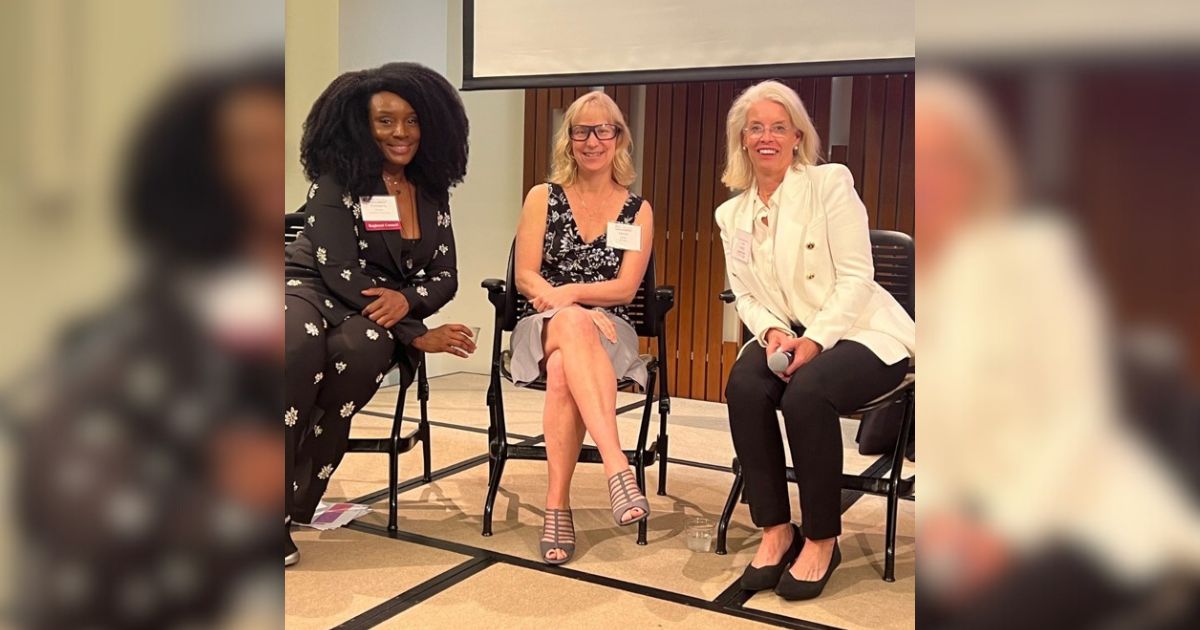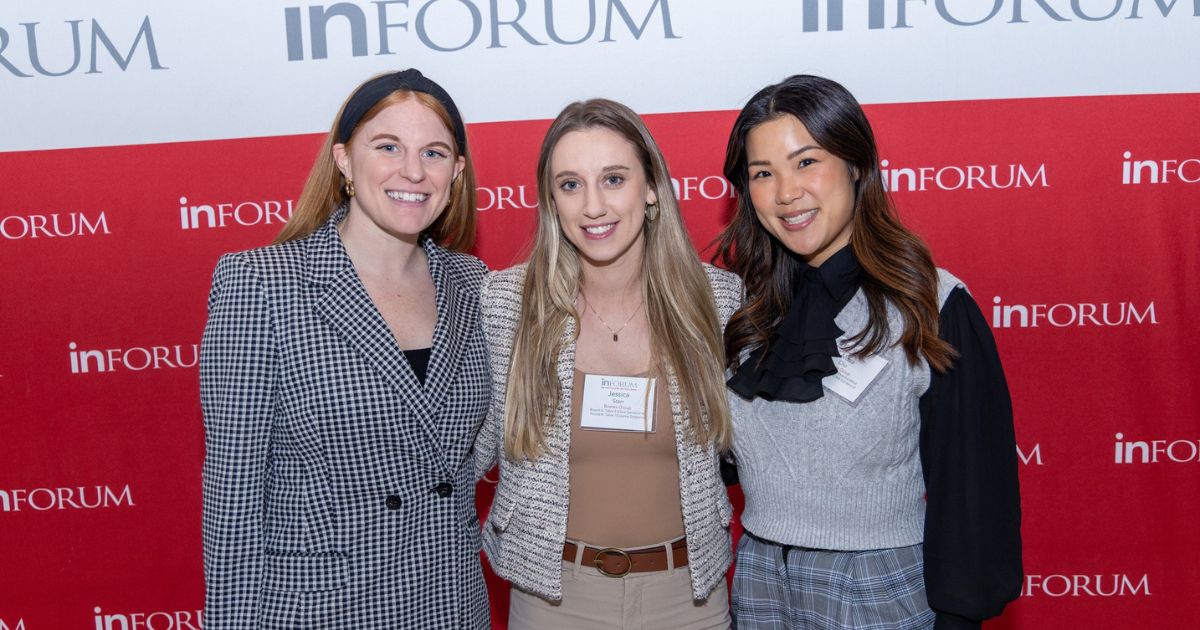The workforce has always evolved, but never quite like this. For the first time in history, organizations are navigating five generations working side by side. Those generations include Traditionalists, Baby Boomers, Generation X, Millennials, and Generation Z. This combination of talent creates much potential, including a mix of institutional knowledge, sharp problem solving, digital fluency, and fresh perspectives. However, it also creates real challenges for leaders tasked with aligning priorities, communication styles, and expectations across age groups.
In the financial and professional services industries, where client trust and confidentiality and precision are key, strong leadership is critical. Leadership development strategies that worked ten or even five years ago most likely no longer fit today’s environment. To remain competitive, organizations must adapt their approach to develop leaders who can inspire across generations, build inclusive teams, and position their group for sustainable growth.
Why Leadership Development Must Evolve
Traditional leadership programs often default to a “one-size-fits-all” model. Everyone receives the same training modules, leadership material, and career paths. A multigenerational workforce simply doesn’t fit neatly into that mold.
-
Baby Boomers and Gen X employees often value stability, hierarchy, and in-person collaboration. They’re likely to prioritize tenure, loyalty, and structured advancement.
-
Millennials and Gen Z, by contrast, are motivated by purpose, balance, and continuous learning. They expect feedback loops, technology-driven efficiency, and visible career mobility.
When organizations fail to tailor leadership development to meet these varying needs, the results are costly and can lead to disengagement, underdeveloped leadership pipelines, and missed opportunities for collaboration.
Adapting Leadership Development
1. Offer Flexible Learning Formats
Different generations and people learn in different ways. Some prefer traditional classroom sessions, while others thrive on digital content that can be accessed on demand. An effective program offers multiple avenues for learning including live workshops, online learning platforms, peer discussion groups, and more.
For example, a community bank might host quarterly leadership seminars with in-person workshops for senior executives, while simultaneously offering younger leaders a mobile leadership curriculum option that they can access between meetings.
2. Encourage Cross-Generational Mentorship
One of the greatest available resources in a multigenerational workplace is knowledge exchange. Pairing senior leaders with younger talent creates and interesting dynamic where experienced professionals transfer client management skills and institutional insights, while younger employees share expertise on digital tools, emerging markets, and cultural trends.
In banking, for instance, a veteran commercial lender could mentor a younger colleague on complex client negotiations while also learning from them how to leverage fintech platforms to streamline the lending process.
3. Prioritize Emotional Intelligence
Technical expertise alone does not define great leadership. Leaders must be adept at reading people, managing conflict, and adapting their style to the needs of different team members. Training programs should emphasize emotional intelligence in teaching leaders how to recognize generational differences in communication styles and motivations, and respond accordingly with empathy and clarity.
4. Create Personalized Career Pathways
Not every professional desires an executive career path and not every leader is motivated by the same accomplishments. Boomers may be drawn to building a professional legacy, while Millennials might prefer rapid advancement or opportunities to move into new specialties. Leadership programs should incorporate flexible career choices that acknowledge different motivators and timelines.
For example, a credit union might design two different career tracks; one that emphasizes long-term executive leadership and another that allows for rotational leadership experiences across departments.
The Results
Why invest so heavily in adapting leadership development? The payoff is tangible and practical. Organizations that evolve their programs to reflect a multigenerational reality enjoy the following.
-
Higher engagement: Employees feel their unique needs are understood, increasing both motivation and loyalty.
-
Stronger collaboration: Teams leverage different strengths rather than being hindered by generational misunderstandings.
-
Deeper leadership pipelines: Organizations develop leaders at every stage of their career, ensuring continuity and resilience.
-
Competitive advantage: In financial and professional services, adaptive leadership becomes a differentiator.
Final Thoughts
Leadership development is not about preparing the next generation; it’s about preparing every generation. In combining flexibility, mentorship, emotional intelligence, and personalized career paths, organizations will develop leaders who thrive in a workforce that possesses decades of experience and perspective.
For financial and professional services organizations, this is critical. Leaders are not only managing teams, they’re also carrying the brand’s reputation to clients who expect excellence. The organizations that adapt their leadership development programs today will be the ones building high-performing teams for tomorrow.
Written by Matt Chapman, Executive Search Manager at W Talent Solutions.
This article has been republished with permission and originally appeared at W Talent Solutions.



